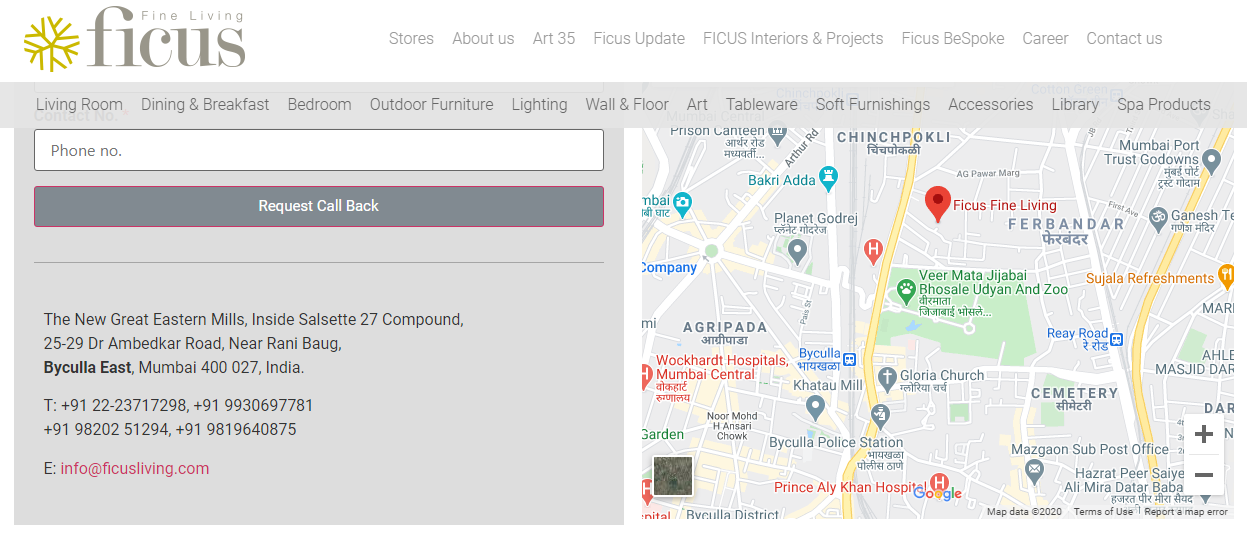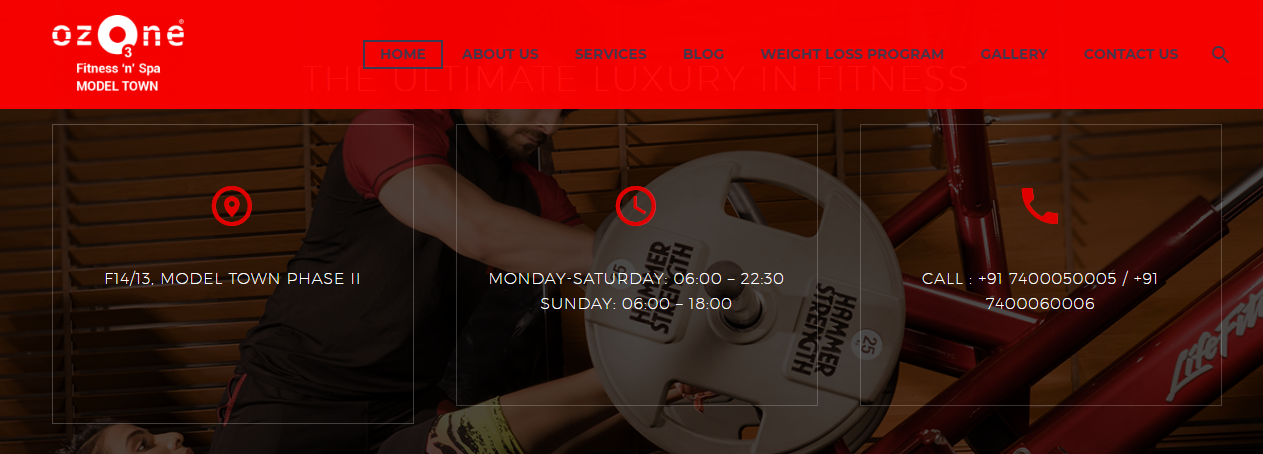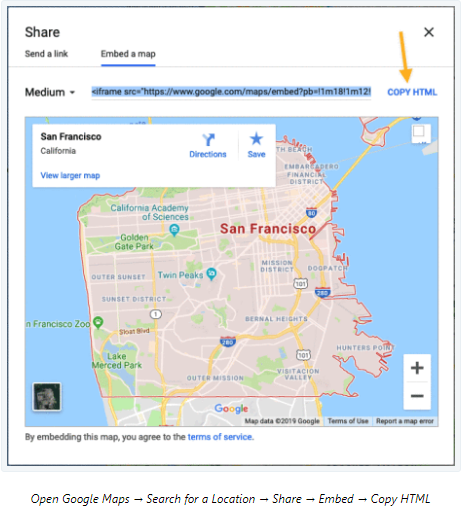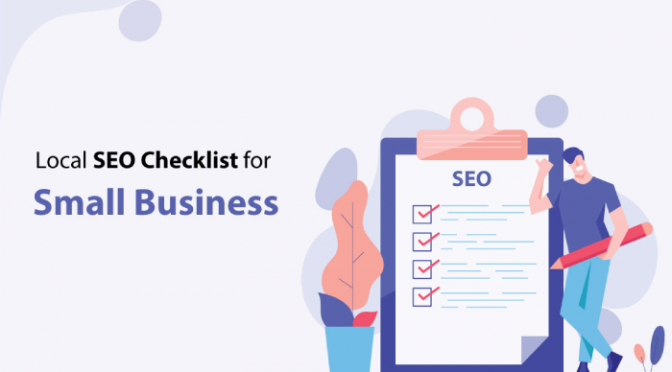SEO Checklist for Local Small Business Website: Rank Your Website Local
Recently updated: December 11th, 2024
Local businesses can also thrive and flourish with digital innovation and transformation. We’ve heard many times that local and small businesses are suffering the most as more and more people are going for online shopping.
Well, being a professional in the digital marketing industry for quite a few years, there is one thing that I can confidently say. Digital Marketing is not just for larger organizations. Small businesses operating locally should also take advantage of it rather than getting hurt and losing revenue.
A stronger online presence creates new opportunities and avenues also for local small business players.
Your journey in the digital world starts with having an appealing, easy-to-navigate, user- and mobile-friendly website. To learn what makes a website attractive, you can learn 5 Tips to Design a Creative Website That Attracts a Large Audience.
Once you have a website for your small business, there begins the real battle – competing for one of the top positions in Search Engine Result Pages (SERPs) in your area.
If you are also trying to find ways to rank your website locally, here is your SEO checklist for local small business websites. You can follow it to see if you are doing all those things that help your website to rank higher in your targeted area(s).
SEO Checklist For Local Small Business Websites
- Know Your Industry, Target Locations, and Customers
- Register Your Business with Google My Business
- Optimize Your Business Logo
- Use Local SEO-friendly titles, descriptions, and URLs
- Add NAHP [Name, Address, Hours, Phone] on Your Website Correctly
- Add Google Map to the Contact Us/Info Page
- Register Your Business with Bing Places for Business and/or Yahoo! Small Business
- Register Your Business with Local Directories
- Set Up Social Media Pages for Your Business
- Use the Link Strategy (Backlinks, Outbound Links, and Internal Links)
- Optimize the Schema
- Don’t forget the Local SEO itself
Now, let’s discuss this SEO checklist for small business websites in detail so that you know what to do exactly.
1. Know Your Industry, Target Locations, and Customers
Even when you run a small business locally, you must be clear about what business industry and category your business belongs to. Does it belong to retail, cosmetic, household, hospitality, education, medical, or another industry?
You will need to specify it while registering your business with many online directories. Choosing the wrong category is one of the biggest mistakes that small businesses often make.
Based on what you are offering, identify your potential customers. In simple words, determine whether your customers are youth, adults, infants, pets, housewives, students, women, men, seniors, or you are serving all.
Now, find out all those areas where your customers usually come from. Enlist all these areas or the ones with the majority so that you know what locations you are going to target.
2. Register Your Business with Google My Business
Overlooking the value that Google provides to small and local businesses is another mistake that many businesses make. 46% of all Google searches are related to local queries and information. This means one out of nearly every two Google searches is local. Plus, Google is now making more efforts to strengthen local businesses.
So, without being on the fence, create an account on Google My Business and get your business physical address and ownership of the business verified so that your business starts appearing on the map and becomes the candidate to show in the local results box in the SERPs.
Just make sure that you provide accurately:
- Business Name
- Business Address
- Business Category
- Opening Hours (keep them always updated if they are flexible)
- Website Links
Make it a point to respond to every review (even if it is not good) and query so that Google users know that they can rely on you. If applicable, make it a point to add quality photos of your business place from both inside and outside.
3. Optimize Your Business Logo
A logo is one of the first few components that search engines encounter while crawling your website. Therefore, you should:
- Use a descriptive image file name (for instance, use Your-decor-store-logo.png instead of logo.png)
- Add alt text (you can also use it to give more details about the image, such as Your Decor Store, South Ex, New Delhi)
- Add location in the title tag of the link (for instance, <a href=”https://yourdecorstore.com/” title=”Your Decor Store, New Delhi”>)
Ensure that you use the same logo and alt text across all channels, i.e., your business website, Facebook, Google My Business, Twitter, Instagram, etc.
4. Use Local SEO-friendly Titles, Descriptions, and URLs
Title, descriptions, and URLs, all these components should be descriptive in such a way that search engines as well as their users can understand basic things about your business even before clicking the link.
When targeting local customers, ensure to add the targeted location in the titles and descriptions and if possible your area phone as well. A title of 50 to 60 characters is considered an SEO-friendly title.
Also, try to make your URL structure that indicates your location wherever applicable.
For instance, if you sell decor items in New Delhi for residential as well as commercial buildings, and you have a page for wall art paintings, then the local SEO optimized URL could be: https://yourdecorstore.com/wall-art-painting-new-delhi.
Another live example of using URLs, Titles, and description with location is shown in the image given below.

5. Add NAHP [Name, Address, Hours, Phone] on Your Website Correctly
An SEO checklist for local small business websites is incomplete without NAHP. To help your site visitors know where your business is physically located and how they can contact you, add the correct business name, address, opening hours, and phone number with area code, especially on the home page in a prominent position where they are clearly visible.
It is a good practice to add NAHP also in the footer of other pages of your business website.
Don’t add an image for NAHP. Instead, use text for NAHP in easy-to-read font with a bit larger font size than that of usual text.
Plus, it is extremely important to make NAHP consistent across all the channels where your business has an online presence.
Here is an example of a business website with the correct use of NAP [Name, Address, and Phone] along with Google Map (our next point of the Local SEO checklist).

Take a look at another business website with the subtle use of NAHP [Name, Address, Hours, and Phone].

6. Add Google Map to the Contact Us/Info Page
To make it easier for your potential customers to locate your business, add a Google Map to the Contact Us / Info Page. The easiest way to do this is:
- Go to Google Map
- Type in Your Address and click the Search button.
- Select Share from the top left menu.
- Click the Embed map tab on the pop-up window.
- Copy the code from the box that begins with <iframe.
- Go to WordPress.com Block Editor (if you have a WordPress site)
- Edit the Contact Us page to add the Google Map.
- Create a new Custom HTML Block.
- Paste the embed code that you copied.
- Publish, or Update the page.

Image Source: WordPress Support
Finally, Google Maps showing your business location will appear on your business website.
7. Register Your Business with Bing Places for Business and/or Yahoo! Small Business
There is no denying that Google outperforms all other search engines in India. However, despite the low share, Bing is the second most-used search engine on mobile after Google. So, reaching out to Bing users by registering your business with Bing Places for Business is going to only benefit your business.
In case you run a business in a country where people rely more on Bing than Google, take the United States, for example, you cannot afford to miss this step.
On the other hand, if your business is in a place where people in the majority or significant number use Yahoo, like Japan, it would make more sense to also register with Yahoo! Small Business.
8. Register Your Business with Local Directories
Find out the local directories with reputation and register your business with them. Remember to add the same NAHP you have used for other channels to maintain consistency. You don’t have to spend a lot of time in this step. All you need is to submit your business details to get registered.
In India, apart from Google My Business, Facebook Business Page, and LinkedIn Business Page, some of the top-ranked local business directories with higher authority are Indiamart, Sulekha, and Just Dial.
In the US, some of the best local business directories are Yelp, Better Business Bureau, and Manta.
In the Middle East, popular business directories include AME Middle East Business Information, Arab Trade, Gulf Business, and Arabian Yellow Pages.
9. Set Up Social Media Pages for Your Business
Platforms like Facebook Page for Business and Instagram Shop give local businesses more power to expand and grow by offering exclusive leverages to create business pages. Take advantage of all these opportunities to socialize become more visible to your potential local customers and increase your brand/business awareness.
You can also create your presence on Pinterest, YouTube, Twitter, and other social networks. To make the most of your Facebook Business Page, make sure to run ad campaigns for local keywords. Our 2020 Facebook Ads Guide can help you explore how to advertise on Facebook.
If you are finding it hard to rank for competitive keywords, try adding quality and optimized videos and images for posting.
10. Use the Link Strategy (Backlinks, Outbound Links, and Internal Links)
Links make the best SEO-friendly components no matter if you are trying to rank locally or globally. So, whatever you can leverage with the power of links, just do it. Backlinks, outbound links, and internal links, all of them have their significance and play a vital role in helping your website rank locally and/or globally.
Search engines give the highest level of importance to backlinks, also called inbound links. The more trusted websites link back to your business website, the better credibility and traffic your website will gain. You can also earn backlinks from a local newspaper website or magazine related to your business category.
Outbound links are the ones used within your website’s content or blog that direct visitors and readers to a different credible website or domain. These links provide a higher authority ranking and more credibility to your website as they indicate that you play nice.
On the other hand, internal links are the links used within blog content or on specific areas of pages that direct visitors or readers to other pages within your website. It helps in creating a better and smooth site experience, and therefore, helps rank it more positively.
Tip: If you don’t already write blogs for your website, you should think about it and start writing blogs for trending topics and keywords in your niche because they will greatly help with internal linking and outbound links.
11. Optimize the Schema
Also known as Structured Data Markup, schemas are also important especially for businesses with physical locations. Schemas help you describe your data so that search engine crawlers can understand the context of your data better. Hence, if you want to improve your site’s local ranking, you should start paying attention to it.
To learn more about schemas for local businesses, you can visit schema.org or learn from Google about how to add structured data for local businesses.
12. Don’t forget the Local SEO itself
Local SEO cannot be ignored if you are serious about your ranking in local areas. There are several components to focus on to improve the performance and ranking of your website. Some of them are:
User-friendly website design, well-structured URLs with location signal, page speed, clean code, optimized content (including videos, images, and text) with local keywords, breadcrumbs, crawlability, on-page headers, no-follow considerations, product page details, redundancy removal, better CTAs with locale or native language, limited use of JavaScript, navigation, sitemap, and the list goes on.
Summing Up
Just using lots of hashtags in your social media posts alone isn’t going to benefit your local small business hugely. To get the best out of digital platforms and online presence, you have to take things to the next level.
If you don’t have time or knowledge of how to complete this SEO checklist to rank your local small business website, you always have the option to get assistance from SEO pros.
Rather than concerning today’s budget or other issues, you should see the long-term benefits that Local SEO packages can offer to your local business. After all, Local SEO is all about making your business visible, recognizable, and accessible to potential customers that you are losing offline.
Latest posts by Vijaya Tyagi (see all)
How To Track Shopify SEO Performance & Metrics (2025) - January 14, 2025
Link Building Strategies: The Ultimate Techniques for 2025 - December 31, 2024

